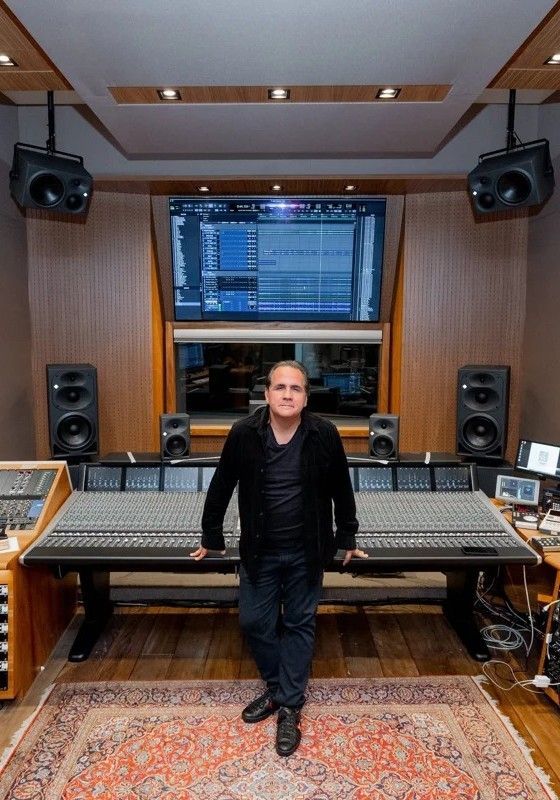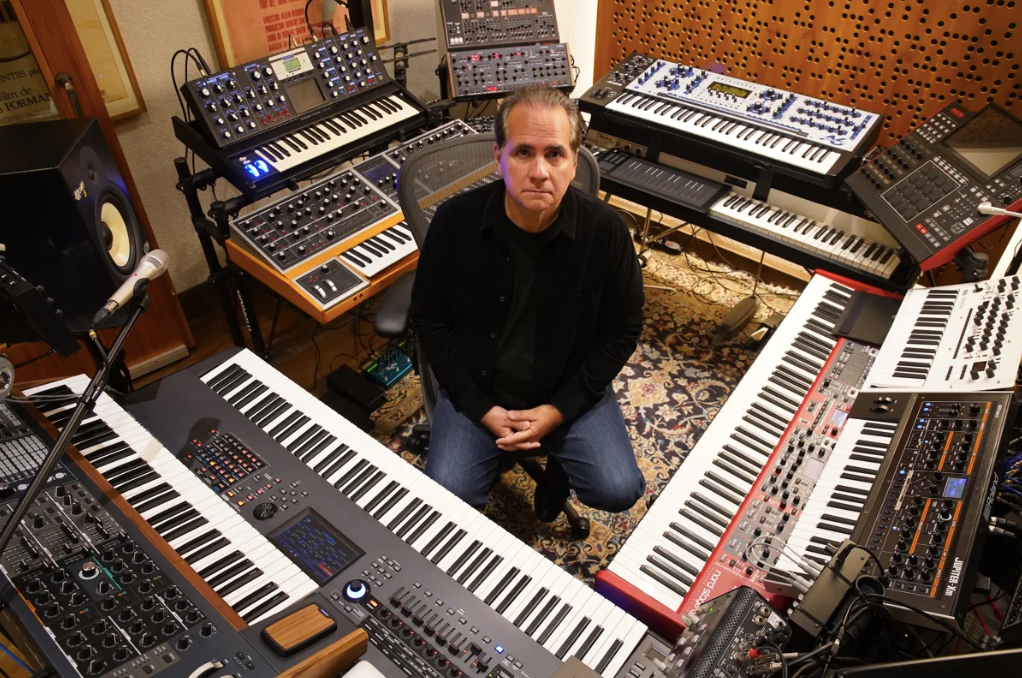Brazilian composer and producer Ricardo Bacelar has created an advanced Dolby Atmos certified residential facility in Fortaleza, which has become a reference in Latin America in terms of its immersive audio possibilities.
As an accomplished composer and producer, Bacelar admits he is “testing all the time” in his home studio in Fortaleza on the coast of north-eastern Brazil.
Not tied to one particular music genre, Bacelar likes to drift from classical music to pop to jazz:
“I am not limited by musical genres; I like them all and all my albums are different,” he said. “I find that sometimes the industry wants to put you in a box, which is just not me. But what I always stay loyal to is creating music from my heart and with the best possible recording set-up.”






